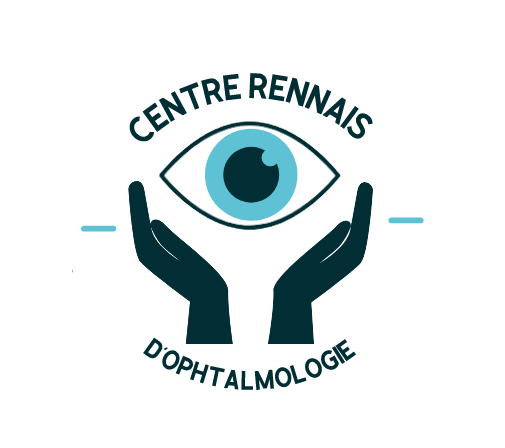Why Alcohol Affects You More As You Age
26 de octubre de 2020Farm Accrual Adjustments to a Cash-basis Income Statement
17 de noviembre de 2020
Not only does anxiety lead to drinking, and drinking lead to anxiety, but the two trigger each other into a spiraling cycle. For example, anxiety makes a person start drinking, which worsens their anxiety, which leads them to drink more and worsens their anxiety further. Alcohol disrupts serotonin levels and brain chemicals, often leading to anxiety, jitteriness, or even panic the day after drinking. Unlike typical anxiety, which is a natural response to stress, panic disorder involves recurring attacks that can happen even when there’s no apparent reason or stressful situation. These frequent, unpredictable attacks can significantly impact daily life, making it difficult to function normally.

When to Seek Professional Help for Panic Attacks Related to Alcohol
This interaction may contribute to the link between alcohol use and mood disorders. Alcohol use disorder (AUD) is a chronic brain disease characterized alcohol and panic attacks by compulsive alcohol use, loss of control over intake, and negative emotional states when not using. AUD can range from mild to severe, impacting personal relationships, work, and overall quality of life. Obsessive-compulsive disorder (OCD) is an anxiety disorder that involves uncontrollable and distressing thoughts, images, preoccupations, and fears. People who struggle with OCD often engage in repetitive behaviors/compulsions which help to ward off their accompanying…

Coping Mechanism for Stress or Fatigue
This symptom results from the body’s attempt to regulate itself during alcohol withdrawal. As the body detoxifies from alcohol, the autonomic nervous system becomes hyperactive, leading to excessive sweating. Sweating is more common in individuals undergoing severe withdrawal or those with a long history of heavy alcohol use.
Why Do People Mix Adderall and Alcohol?
- It falls under the broader category of substance-induced anxiety disorders, where substance use directly leads to anxiety symptoms.
- Early diagnosis and treatment are critical in preventing the condition from worsening.
- Proper hydration is essential for managing alcohol-induced anxiety.
- This integrated approach ensures comprehensive care for co-occurring conditions.
Because Adderall makes you less aware of the effects of alcohol, you’re less likely to realize how drunk you actually are. For many people, this causes them to drink much more than they intend to—which means you can reach dangerous blood alcohol levels before you notice the warning signs. Mixing Adderall and alcohol is more common than you might think, but this combination can be extremely dangerous.
- If you’re feeling overwhelmed by your anxiety disorder, there are other ways to seek help.
- According to Medical News Today, a study by Curran and Hill showed that the number of people exhibiting perfectionism traits rose by 33% from 1989 to 2016.
- That’s why drinking can help you feel relaxed in the short-term, especially in social situations.
- Heavy drinking depletes essential nutrients, potentially intensifying anxiety.
If you find yourself constantly having alcohol-induced panic attacks or if you can’t control your heavy drinking, it could be a sign that you’re engaging in substance abuse. While it may offer short-term relief, it can lead to long-term problems. Regular drinking can interfere with sleep patterns, disrupt brain chemistry, and worsen anxiety symptoms alcoholism over time.
Misconceptions About Effects
- Panic attacks are sudden episodes of intense fear that trigger severe physical reactions.
- Published in 2021, the study involved data from more than 200,000 people with and without alcohol problems.
- If you struggle with alcohol use disorder (AUD), panic attacks, or both, Charlie Health is here to help.
- With this kind of holistic treatment, recovery from AUD and anxiety is possible.
Drinkaware UK provides some useful online tools to help you to reduce your alcohol https://ecosoberhouse.com/ intake. It is also recommended that you consult your GP if you are concerned that you have a drinking problem. Social anxiety disorder is not just shyness; it is more severe than this. Lorazepam is another benzodiazepine that enhances GABA activity in the brain, reducing anxiety. Venlafaxine is often used when SSRIs are ineffective or when anxiety symptoms are more severe. Few people may realize it, but you can actually be allergic or intolerant to alcohol.

How does Talkiatry compare to face-to-face treatment?
Alcohol is a drug like any other, and anything that affects your body like alcohol does has the potential to contribute a great deal to your panic attacks and anxiety more generally. For this reason, those that have panic attacks should strongly consider avoiding alcohol wherever possible. Suppose you drink regularly and reach a point where panic attacks have become routine.
